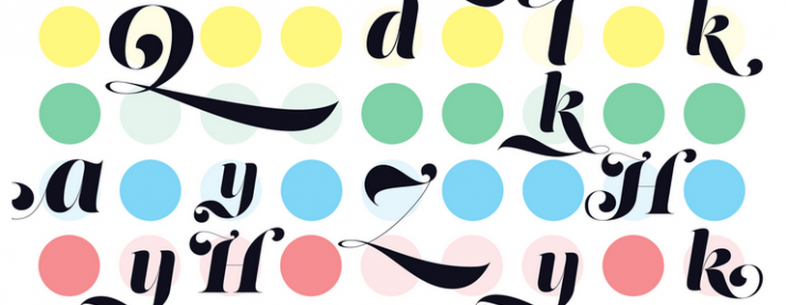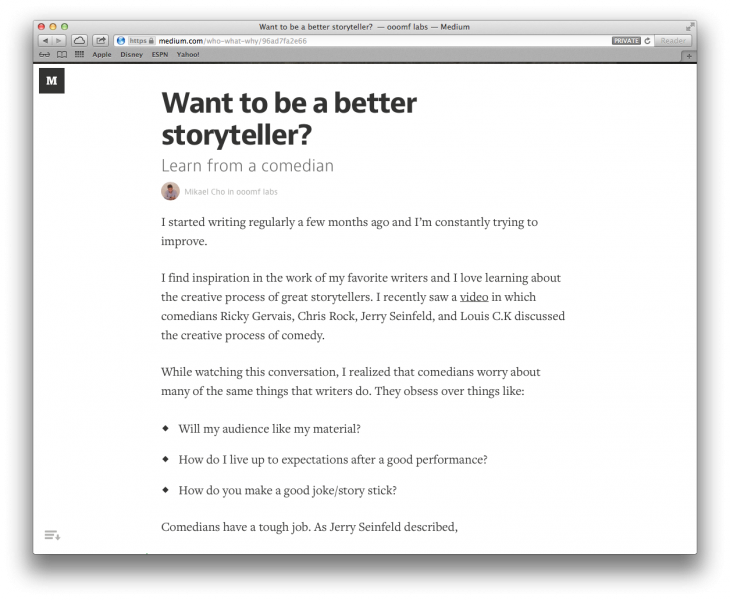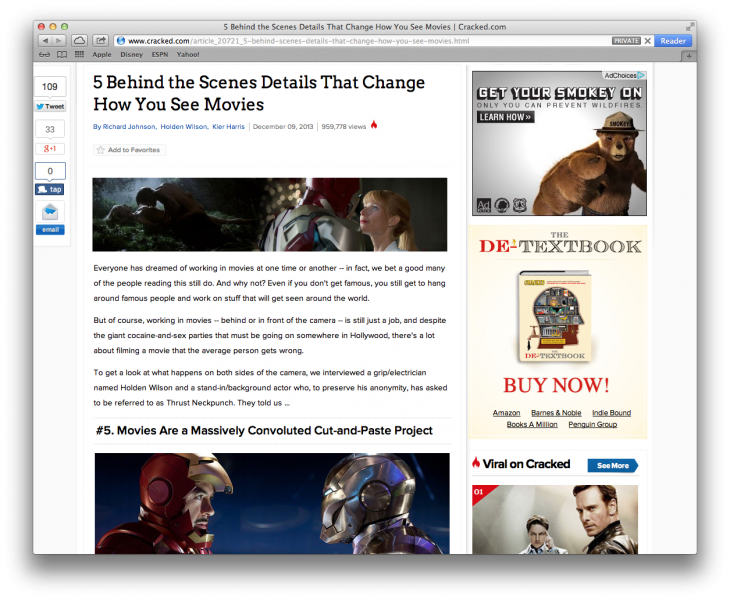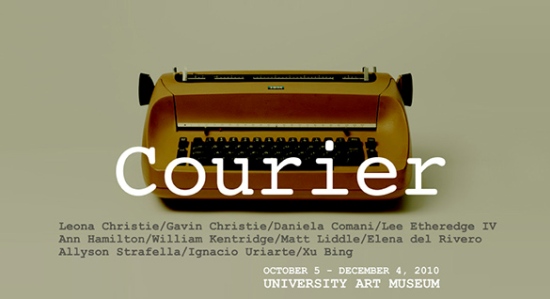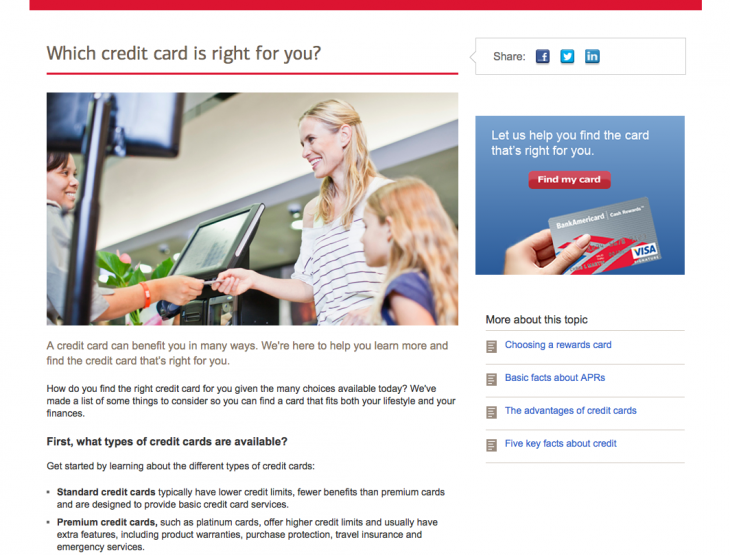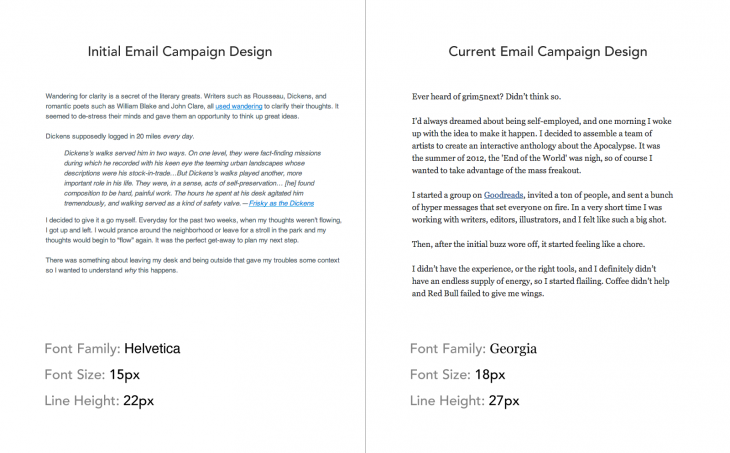How to Write Copy that Google Loves
Erin Huebscher | February 1, 2019 BY: Namecheap.com
93% of online experiences begin with a search engine.
This statistic isn’t meant for shock value. Rather, it’s meant to emphasize just how much our everyday lives rely on search engines such as Google to supply us with useful and relevant content.
And, because Google’s entire existence is built around creating an index of all the world’s information and making it accessible to all, it’s no wonder why they value content that real people (aka their customers) are looking for.
As a writer, however, the question remains: how do you write copy that Google loves—or put another way, how do you optimize it for search engines?
An SEO Refresher
Search Engine Optimization, aka SEO, is that ubiquitous term people in the industry just love to throw around.
“It’s just not SEO-friendly enough…”
“I think we need more SEO.”
“Are you taking into consideration SEO?”
Without getting too technical, Moz describes SEO as the practice of increasing the quality and quantity of traffic to your website through organic search page results (SERPs). And when we say “organic,” we don’t mean Whole Foods-organic. Organic traffic simply refers to any sort of traffic that you don’t have to pay for. Meaning? That traffic comes naturally.

In order to receive this “natural” traffic, your copy needs to be optimized. In fact, the better optimized your website copy is, the better Google ranks your website in their organic search page results. So, using SEO means you’re doing everything you can to make sure that your website ranks higher on that neverending list of page results.
But why does optimizing your copy actually matter? Because you’ll receive more clicks, more shares, more likes, more engagement, and you guessed it, more conversions.
SEO Copywriting v. “Normal” Copywriting
Make no mistake, writing copy for the web is nothing short of an art form; an art that undoubtedly requires talent but most importantly, the ability to write optimized content that resonates with users. Remember, even if you’ve written fantastic copy, if no one can find your website, then all those beautiful words of yours will be hidden from view.
To clarify the difference between SEO copywriting and “normal” copywriting, Namecheap’s Senior SEO Content Manager Kevin Church eloquently sums it up:
“With ‘normal’ copywriting for an article or print ad, you’ve probably already got the audience’s attention in some way or another—it’s in a magazine they read, there’s an attractive image, etc.—but with SEO copywriting, you have to think about how they’re going to find your piece through Google or another search engine. You’ll want to do keyword research and create a strong outline based on actual interest versus what you think readers want.”
More on keywords later but in essence, SEO copywriting is primarily driven by metrics, meaning you’re specifically creating content to attract search engine traffic while at the same time appealing to your users.
As Liam Barrett, Namecheap’s On-Page SEO Specialist, explains:
“The best copywriters use the best of both worlds. For example, ‘normal’ copywriting can tell a great story and keep a user engaged, but may not reach the correct audience. By adding SEO research into your content, you can refine your content to get more visibility.”
Prioritize Keyword Research
If you really want the copy you write to rank well in Google, you’ll have to roll up your sleeves and do a little research—keyword research.
Think of it sort of like preparing for a first date with someone you really like. You tend to do your homework before meeting them, don’t you? It’s the same rationale with keywords. Knowing which ones will pique your audience’s (ahem, date’s) interest and take notice of you.
Proper keyword research ultimately means understanding your audience. More specifically, it’s knowing what they need and/or what particular problems they’re they looking to solve. When doing keyword research you may notice that people describe their problems in a variety of ways.
For example, let’s say you’re looking for an inexpensive hotel in Italy. While you may type in, “cheap Italian hotels” others may search for, “inexpensive places to stay in Italy” or “affordable accommodation in Tuscany.”
If you can begin to understand and anticipate which words/phrases your readers are most likely to use to describe their problems or queries, you’re well on your way to writing more compelling copy (and ranking higher in Google). Quicksprout, an online marketing resource, does a great job of identifying what keyword research can reveal to you.

Now that you know the importance of keyword research, it’s time to make keyword research tools your best friend.
Rand Fishkin over at Moz gives an excellent tutorial on how discover and prioritize the best keywords. His advice? Don’t limit yourself to one source when searching for keywords. His top picks on the best online keyword tools are: Adwords, Google Suggest, SEMrush, and KeywordTool.io.
Once you’ve got your prioritized list of chosen keywords, try to avoid “stuffing” those keywords throughout your copy. To keep your keywords in check, Barrett recommends wordcounter.net, which is a helpful tool to ensure you’re not over or under optimizing your written content.
Headlines Count
“When you have written your headline, you have spent eighty cents out of your dollar.”
–David Ogilvy
Headlines should always be what attracts your users’ attention, encouraging them to click and read more. A mediocre headline, accompanied by stellar copy, unfortunately, does very little for your click-through-rate (CTR).
This is why successful SEO copywriters write their headlines before writing the rest of their content. As a general rule of thumb, if your headline is clickable, attractive, and under 72 characters, you’ve got yourself a keeper. (Exceeding 72 characters sends the hint to Google that you’re only writing for search-engine purposes, not your users.)
According to Conversion XL, headlines with numbers always work. So, if a numerical figure applies to what you’re writing about, go ahead and include that number in your headline. And, if you happen to use WordPress, Yoast SEOis a fantastic plugin that helps with optimizing your website copy so you’ve got content that not only ranks high in Google but also attracts clicks from potential users.
Write Quality Meta Descriptions
Contrary to popular belief, meta descriptions—snippets of copy that summarize a page’s content in less than 155 characters—are not used for Google rankings. They are, however, used by readers like you to help better understand what topic a website is about.
Using our previous search example regarding cheap hotels in Italy, here’s what a well-written meta description might be written like:
Discover affordable and charming hotels, right in the heart of central Italy. Search and book your inexpensive Italian accommodation with us today!
When you see a meta description that includes the words and phrases you’ve already been searching for, you’re far more likely to click on it since you assume it’s relevant to your search query. And, although there’s no direct correlation between meta descriptions and Google rankings, Google will indirectly reward websites with a high click-through-rate.
What does this mean, exactly? Well, the more people who click on your search result (and read your relevant meta description), the more Google considers your page to be “good,” subsequently moving your position up their ranks. Not a bad deal.
Link It Up
Consider links, both internal and external, as the basic building blocks of your website.

When you link out to other useful sites and pages (including your own), this sends the signal to Google that you value content others create. Doing so aligns with Google’s aforementioned mission of making content accessible to everyone, everywhere.
Church wholeheartedly agrees, especially when it comes to internal linking.“You’ll want to make sure that you link to your new page from other pages on your website.” Meanwhile, Barrett recommends “linking/referencing other articles on your site (with relevant keywords)” and not being “afraid” of adding in some external links.
Thanks to the folks over at Boostability.com, here’s how to recognize what makes a good link.
The Takeaways
As any SEO pro would advise, the best kind of website copy follows the KISS (Keep It Simple Stupid) principle.
This doesn’t necessarily mean your copy has to always be short and sweet. In fact, according to Barrett, lengthy content is encouraged. His advice, however? “Try cutting unnecessary words or sentences and focus on a simple goal or set of keywords.” A helpful tool Church likes to recommend for constructing those easy-to-read sentences and paragraphs is the Hemingway editor.
Writing great SEO copy, Church explains, should ultimately be “invisible,” and naturally incorporates the terms that people type into their search engines, making it both readable and informative.
So, what have we just learned? That the best type of copy resonates andincludes SEO, keyword research is not just a suggestion—it’s mandatory, headlines under 72 characters always score, meta descriptions must be relevant, and linking means you care about awesome content.
Whew. Now, are you ready to make Google fall in love with your words?

